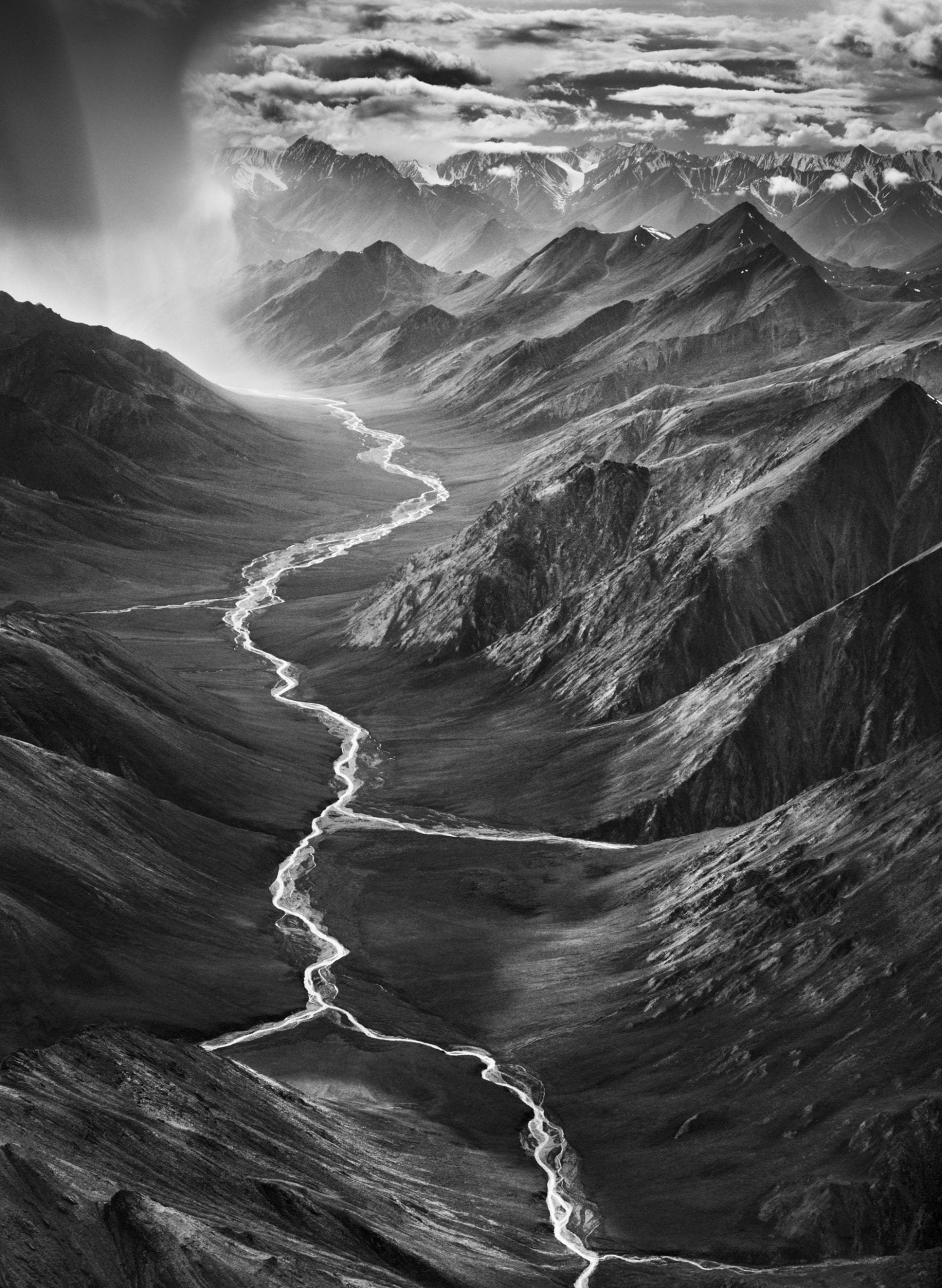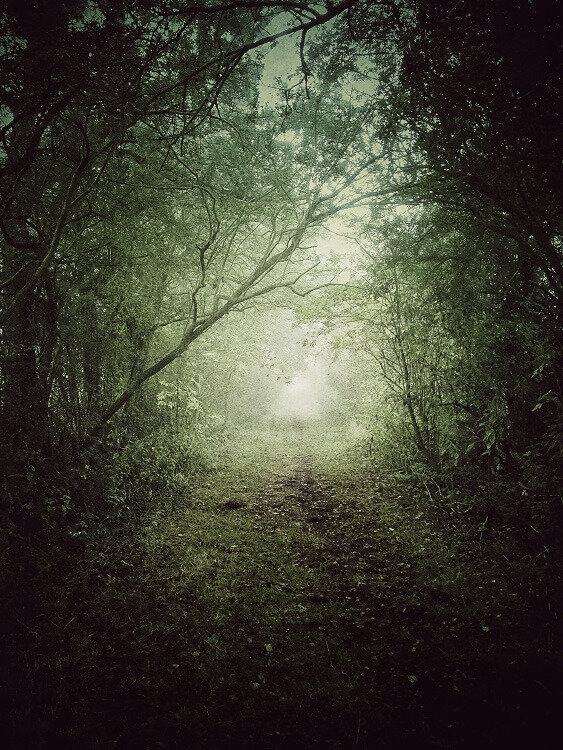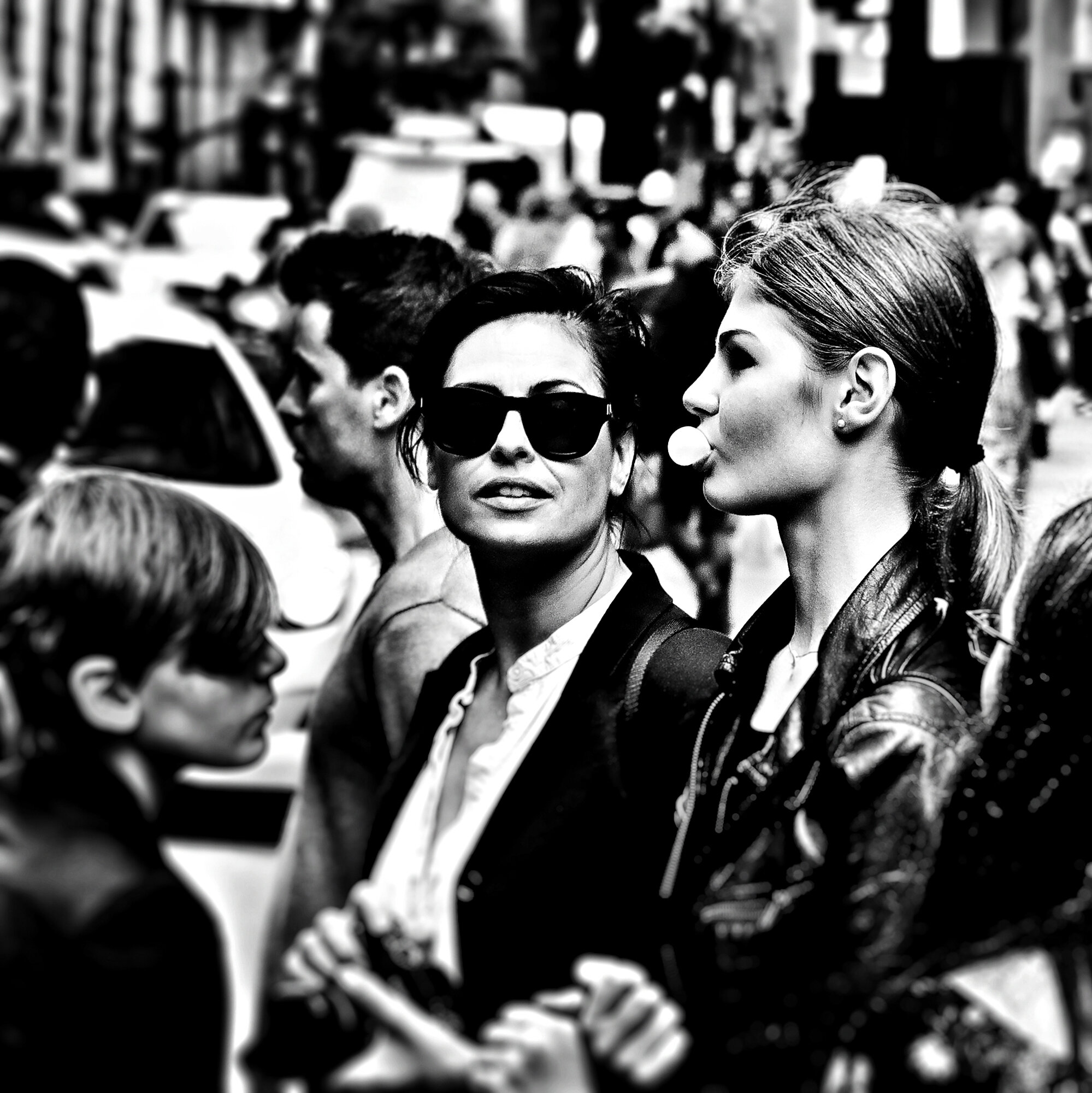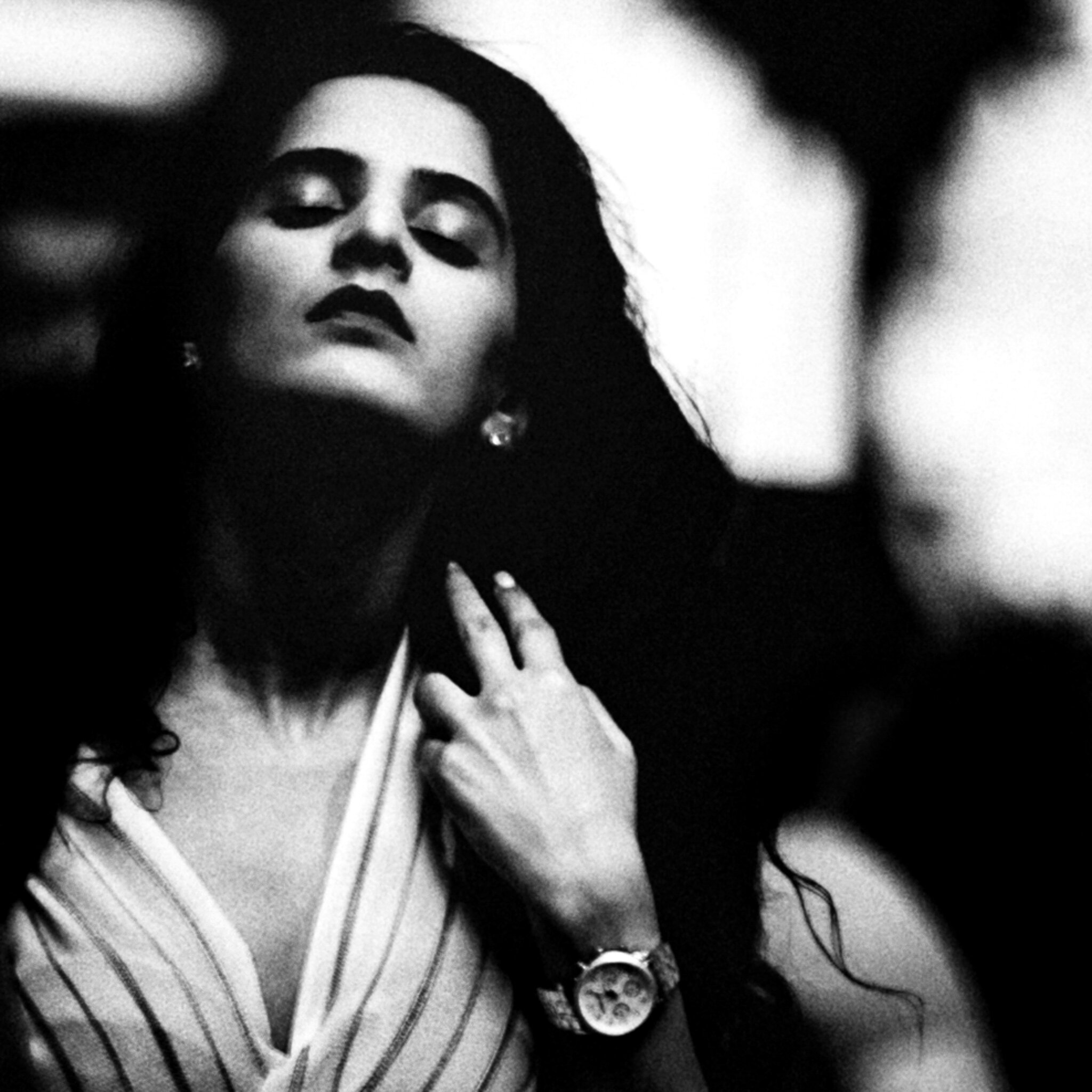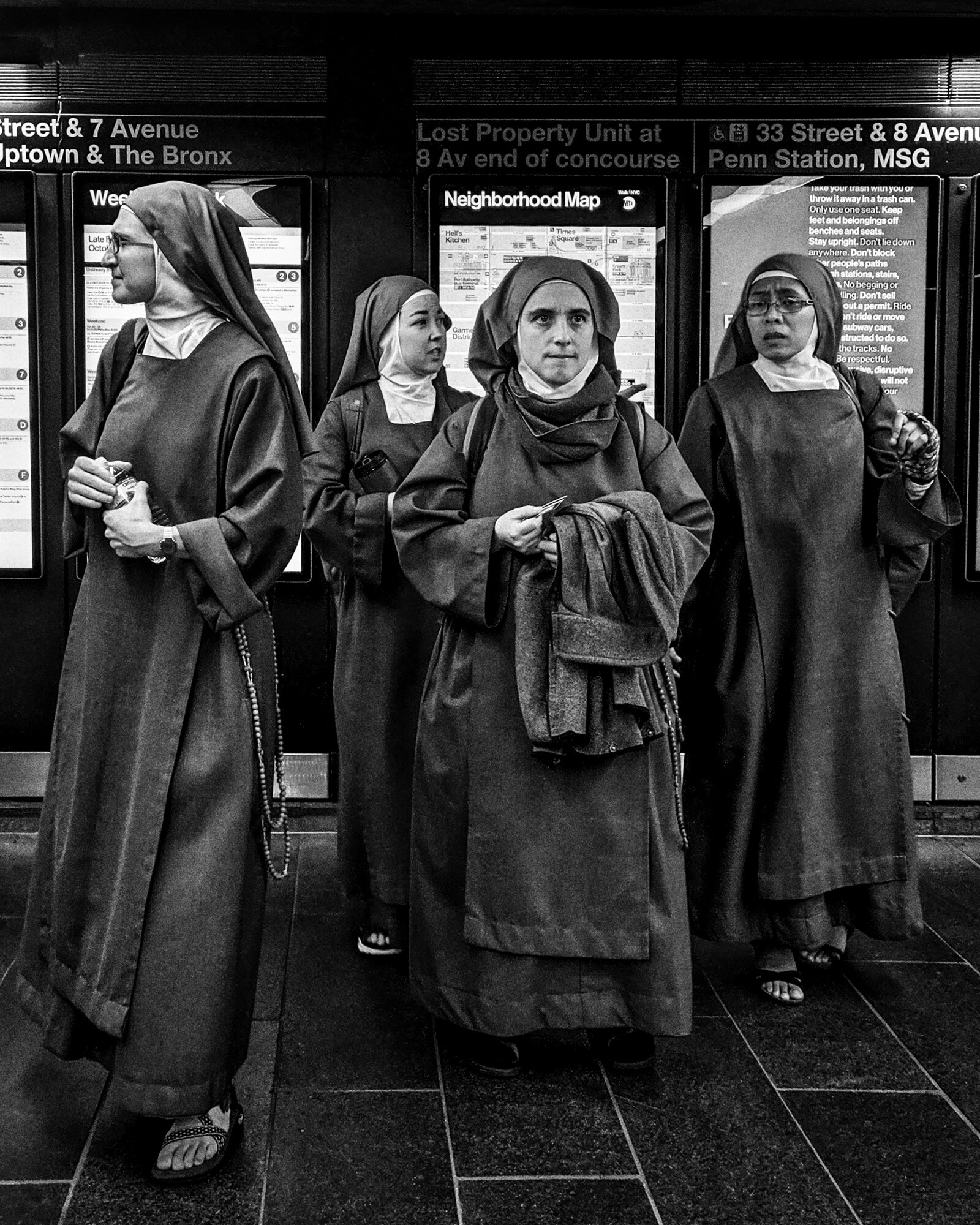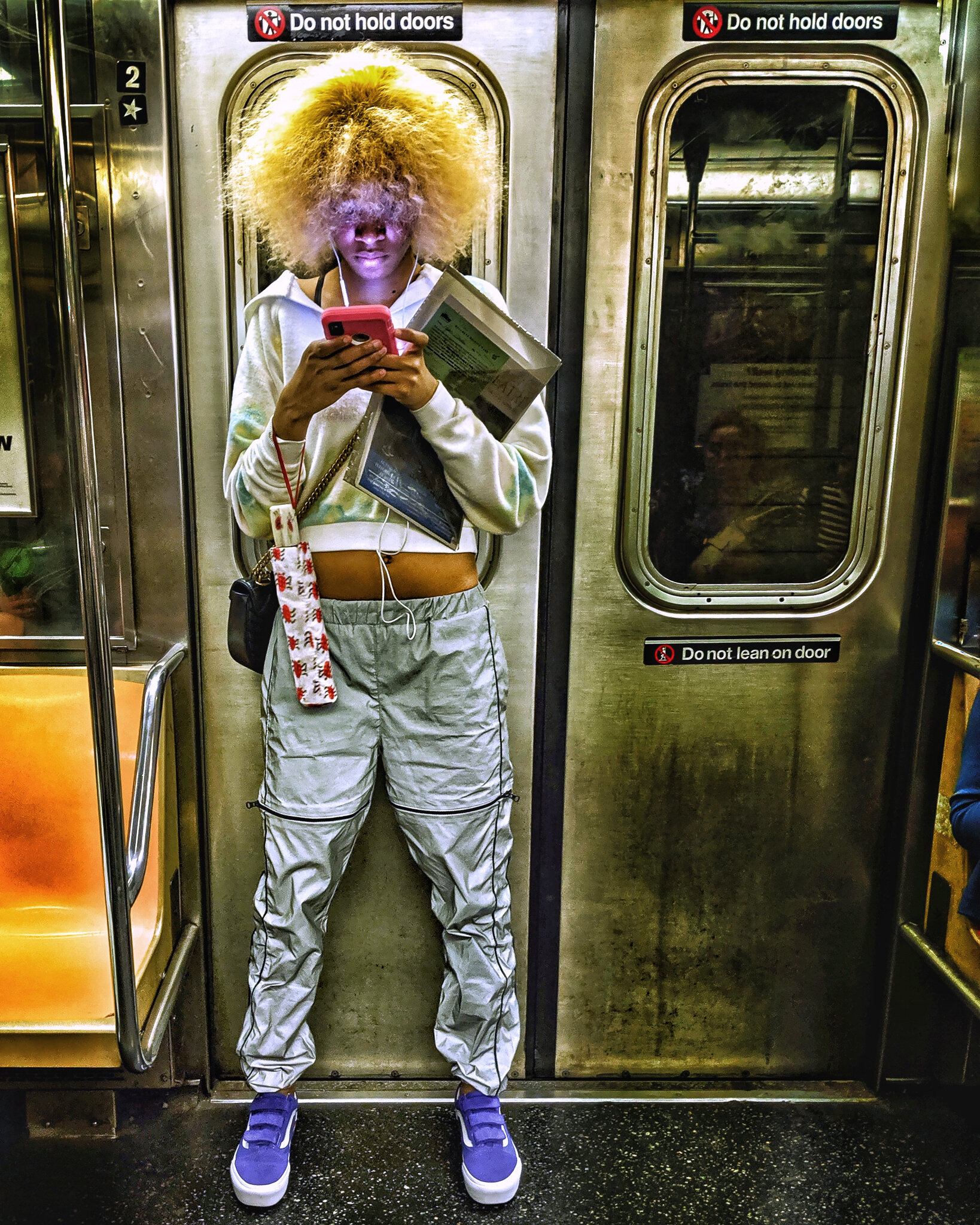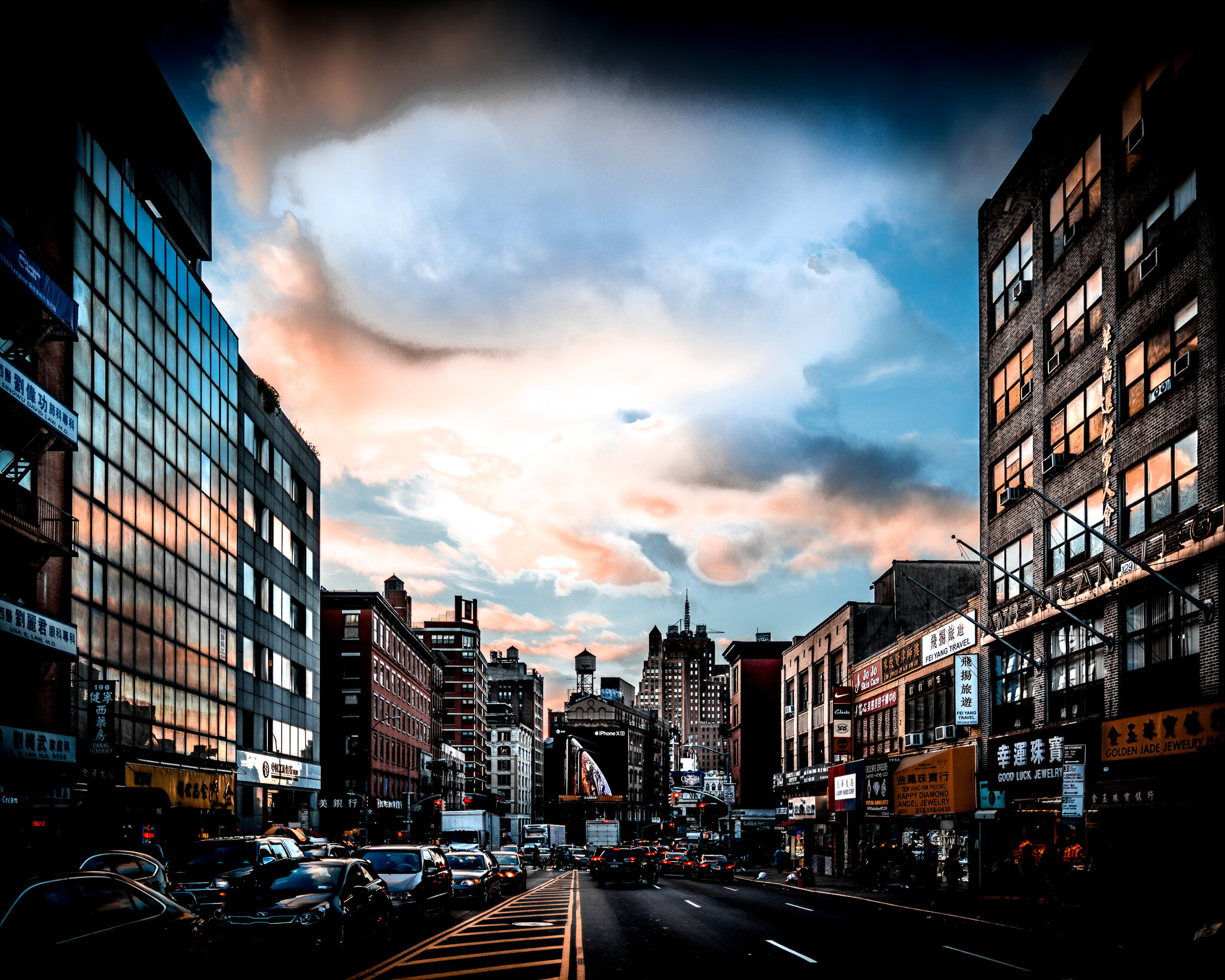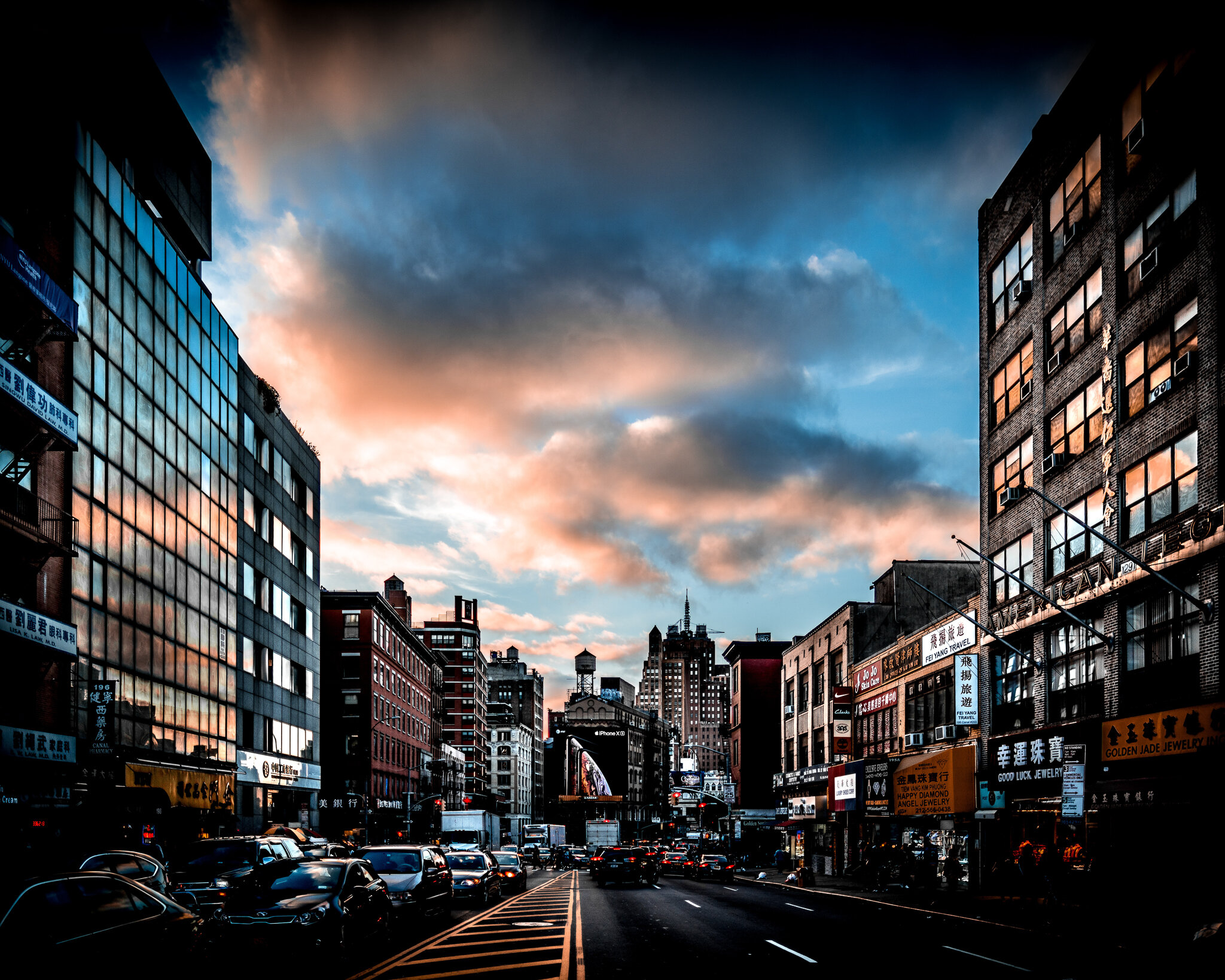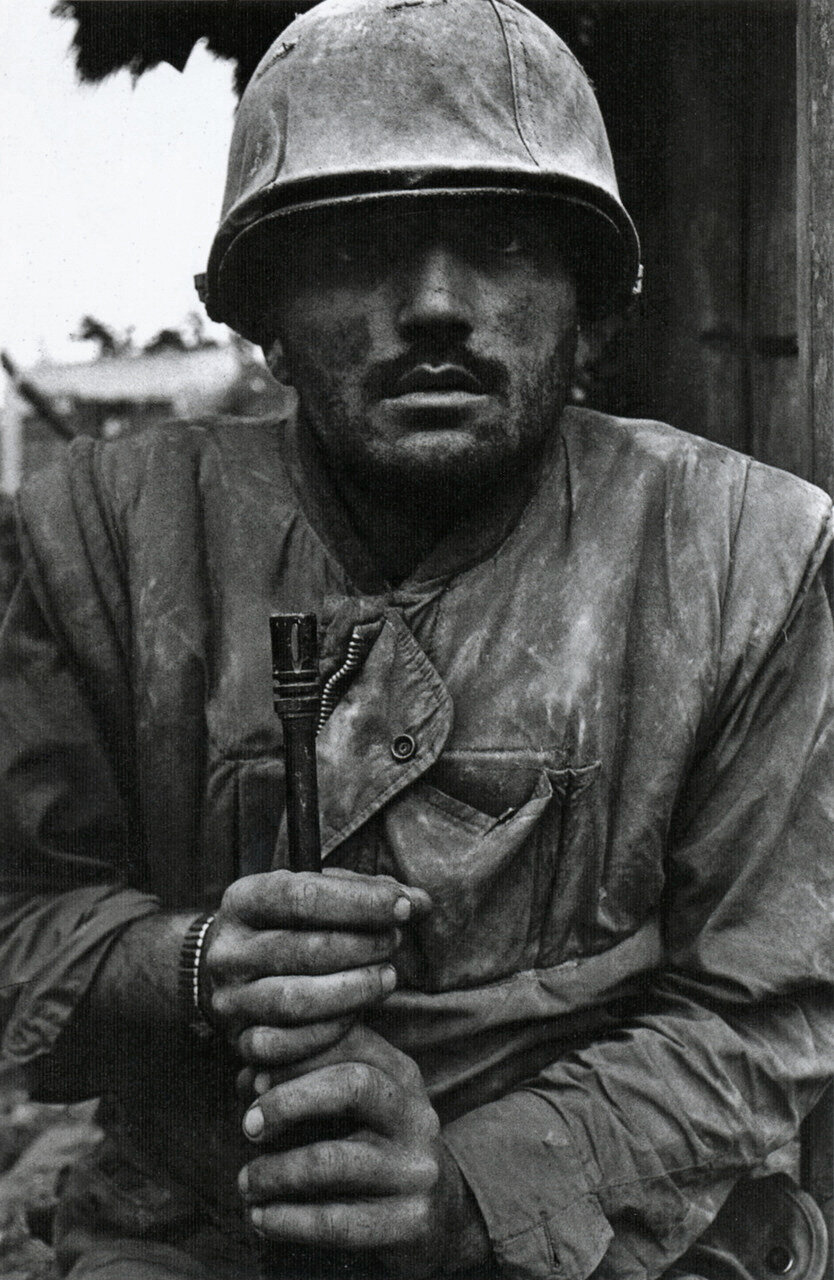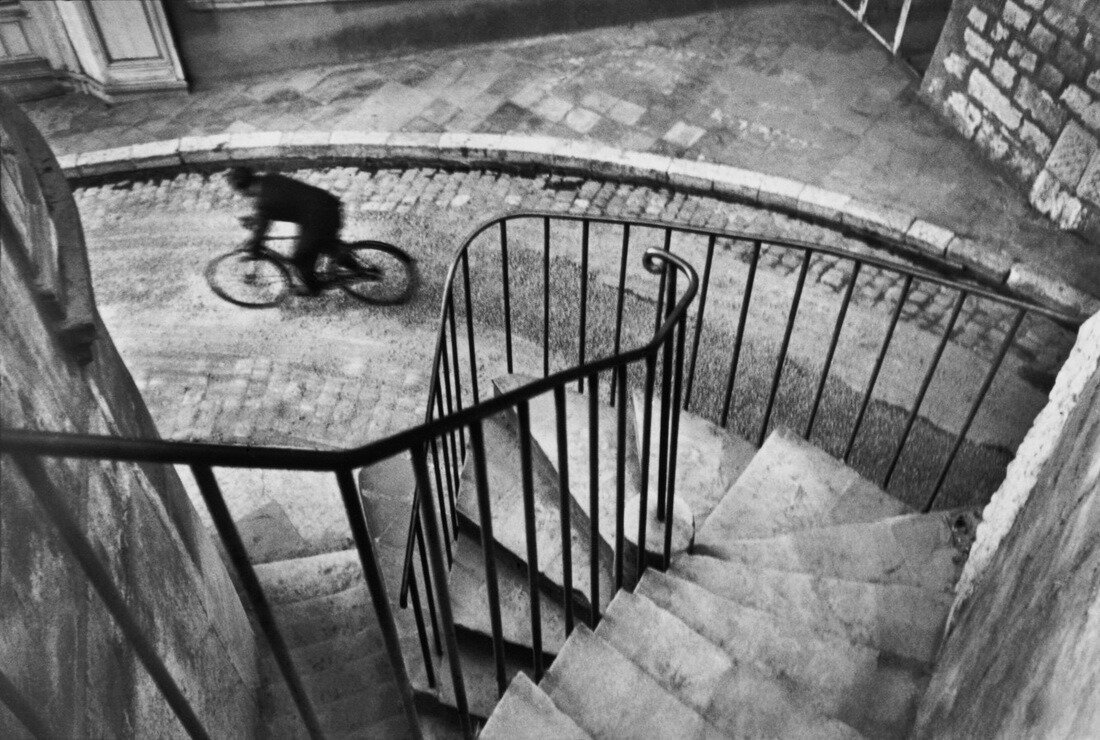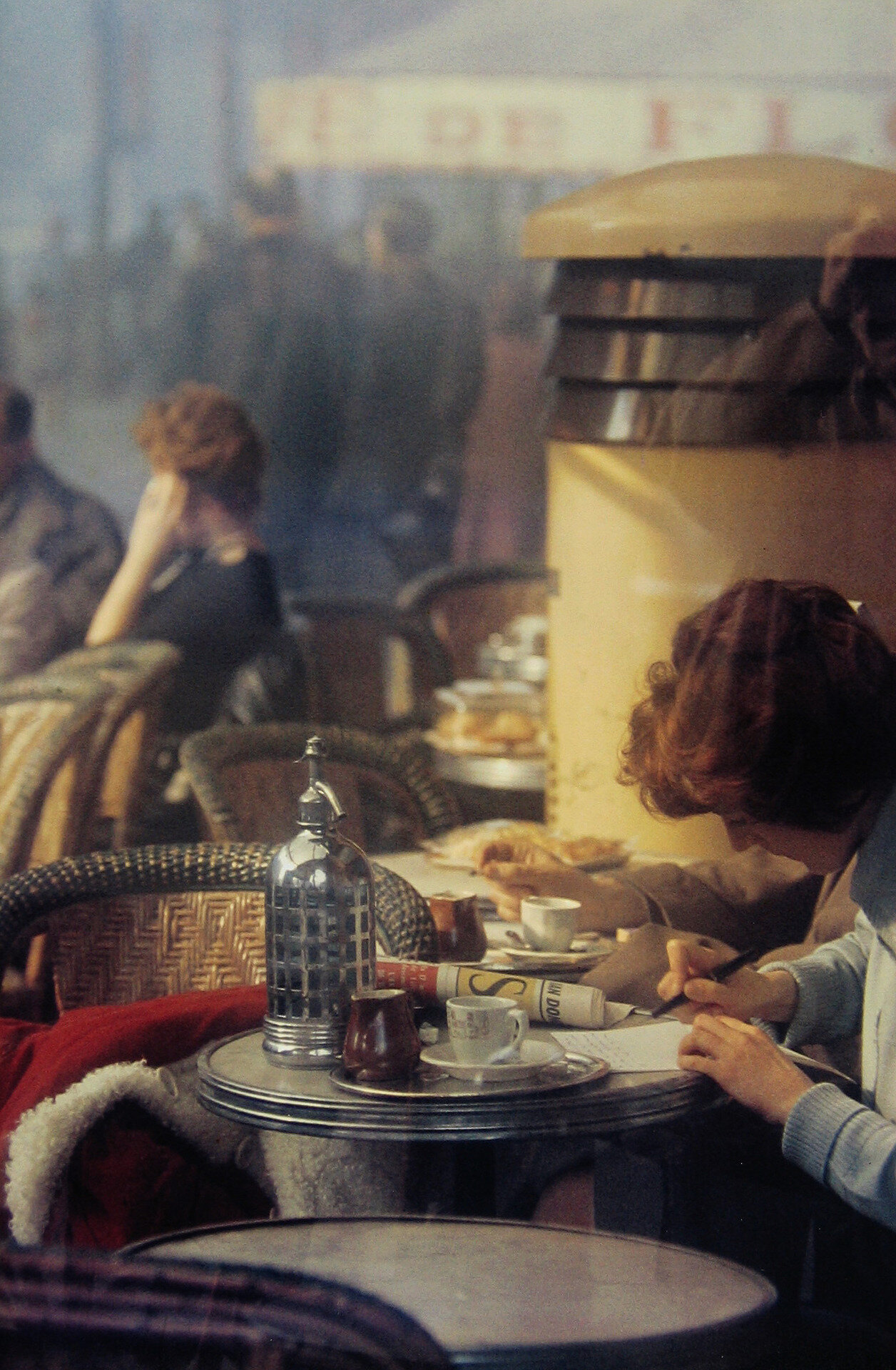Hey!
Here are some questions I am frequently asked by people I meet or by friends on Instagram…I hope my answers might help you and give you some interesting or useful information. If you have a question, or more than one, that is not asked here, please feel free to email me anytime: ray@rayariasphotography.com; or send me a direct message on Instagram: @rayariasphotography
Which is the best camera brand?
They are all excellent. All of them. I will repeat it again…ALL OF THEM ARE EXCELLENT. You can prove this to yourself…search the internet for “Sony Artisans of Imagery,” “Canon Explorers of Light,” “Nikon Ambassadors,” and “Fujifilm X-Photographers”…look at the images those photographers took with each brand…all of the images are great, right? So there it is…proof that it does not matter what brand of camera you use.
So, how do you choose one?
I always tell people the best way to choose a camera is to go to a store that lets you hold the cameras....pick them up, look at them, hold them in your hand for a bit…and choose the camera for which you like how it looks, and, especially, you like how it feels in your hand. If you like how the camera looks and how it feels in your hand, the more likely you are to carry it around and use it. The more you use your camera and shoot photos, the better a photographer you will become.
What camera do you use?
I now use Sony: The A7RIII and A7RIV. I had always shot with Canon, which I loved, before I switched to Sony. But again, they are all excellent…Sony, Canon, Fuji, Nikon, etc.
Why did you switch to Sony?
At the time, I was mainly shooting street photography. The Canon camera I was using, a Canon T6S, literally sounded like a canon when I pressed the shutter…it was loud! And, therefore, sometimes the sound of the shutter attracted unwanted attention. So, I really wanted a silent shutter, which the Canon cameras did not yet have and would not have for at least a year. When the Sony A7RIII came out, which had a silent shutter (plus a very high resolution, which I also wanted) I jumped on it and made the switch.
Why did you want a camera with high resolution?
Because sometimes I crop my images. With the high resolution of my cameras, I can crop my photos quite a lot and still have good image quality. If you are someone who never, or rarely, crops, then high resolution is not important at all.
And here is something you should keep in mind about camera resolution. You know those big Apple® advertisement posters you have seen at bus stops and subway stations, and even on huge billboards on buildings, showing a photo “Taken on iPhone”? They look pretty good, right? The newest iPhone takes only 12 megapixel photos. Apparently, more than enough resolution for billboard size photos.
©Ray Arias. Woman Applying Makeup in Subway Car, NYC - April 2019
Sony A7RIII; Canon 85mm; f1.2; 1/250; 320 iso
What lenses do you use?
I use Sony G Master and Canon L lenses (I adapt the Canon lenses to the Sony cameras. I kept the Canon lenses when I switched to Sony, because I still love those lenses).
What lens would you recommend for someone starting out in street photography?
I would recommend one of these two lenses...the 50mm f1.8 prime lens, or the 24-105mm f4 zoom lens.
The 50mm f1.8 lens:
- Delivers excellent, high quality images.
- Small and light.
- Very good in low light.
- Good bokeh (“bokeh” means the nice, out-of-focus background).
- Also good for portraits/fashion.
- Field of view is close to what we naturally see with the human eye.
- One of the most inexpensive lenses.
Also, the lens is not too wide...When you first start out in street photography, you will be nervous. If you use a wider lens, such as a 35mm or 24mm, you will need to be very close to your human subject when you shoot. So, because you are nervous and shy, you will most likely not get close enough, and you will be shooting from too far a distance with those lenses. With a 50mm lens, you do not need to be right on top of a person.
Henri Cartier-Bresson, considered by many people to be the greatest street photographer ever, only shot with a 50mm lens for almost all of his work.
The 24-105mm f4 lens:
The biggest advantage of this lens is that it gives you great versatility....you can shoot at 24mm for wide angle shots...or zoom to any focal length, all the way up to 105mm, for subjects that are farther away.
The main disadvantage, compared to the 50mm, is that it is bigger and heavier, and not nearly as good in low light as the 50mm f1.8.
The 24-105mm f4 lens was the main lens I used for about the first year of my street photography. I loved it and still own it.
©Henri Cartier-Bresson
Which is your favorite lens?
All of them, really. But lately I do especially love the 135mm f1.8 G Master.
So, which lens do you use most often?
I almost always carry two lenses...the 24-70mm f2.8 G Master, and the 135mm f1.8 G Master.
I use this setup for both my model shoots and my street photography. Of course, sometimes I change the lenses I carry and use, depending on my feeling that day or what I want to achieve.
Do you use protective filters on your lenses?
Yes, I do…but only when I am doing street photography, because there is more of a possibility of me damaging my lenses when I am constantly walking around. One time, I hit the front of my lens against a subway turnstile as I was walking through, and the filter cracked…the filter saved the front of my lens. When I shoot models, however, I always take the filters off to ensure the clearest images possible.
What editing software do you use?
Lightroom, Photoshop and Snapseed. Mainly Lightroom.
What type of camera bag do you use?
None. I just use regular backpacks or crossbody bags (I add some padding to protect the camera and lenses). I do a lot of street photography, and I do not want to be walking around the city with a bag that screams “Expensive camera inside!”
What type of computer do you edit on?
A Windows laptop by HP.
What memory cards do you use?
I use SanDisk Extreme Pro UHS II. My cameras have dual card slots, and I put two 128 gigabyte cards in each slot. When I am shooting models or events, I set up the cameras to write to both cards at the same time, for backup redundancy (that means, if the primary card fails or breaks, the second card still has all of the images that were shot, so I lost nothing).
What external hard drives do you use?
WD (5 terabytes) and Toshiba (8 Terabytes).
How do you backup your images?
As soon as I arrive home from a shoot, the very first thing I do is download the photos from the SD card to a separate 5 terabyte hard drive. I maintain three backups. I keep the original files on the 5 terabyte drive (and I buy another drive whenever the prior one fills up); I also backup the photos from the 5 terabyte drives onto the 8 terabyte drives; plus, I keep an additional backup in the cloud (Google Drive) of my most important images.
How do you set up your camera when you go out to shoot street photography?
I always set my camera to “Aperture Priority.” That allows me to set the depth of field I want (depth of field = how much of what is in front and behind your subject is in focus…shallow field, or deep field [deep field = everything in front and behind the subject is in focus]). AND…I always have the camera set to the lowest aperture number, for shallowest field of focus. For example, if the lowest aperture number that my lens allows me to go is f1.4, then that is what I set my camera to. There are two reasons I do this:
1 - Since I always set my camera to the lowest aperture number, I ALWAYS know what my camera is set to. So, if I need to quickly raise my camera to take a shot, I do not need to look at my settings to figure out what the camera is set to….I already know. And if I suddenly wish to increase the aperture number, I know in which direction to quickly turn the dial without even looking.
2 - I always know that my camera is set for shallowest focus. So, if I quickly decide that I want more of the scene in focus (deeper focus) I simply turn my aperture dial. I do not need to look, or guess…I already know where I am.
Who is your favorite photographer?
Sebastião Salgado is my all-time favorite photographer, of any genre, and he is believed by most people, me included, to be the greatest documentary photographer ever (btw Salgado never wanted shallow depth of field in his photos…he always wanted absolutely everything in the photo to be in focus).
Vivian Maier is my favorite street photographer.
Albert Watson is my favorite fashion photographer.
©Sebastião Salgado
©Vivian Maier
©Albert Watson
You shoot fashion, street photography and portraits…which is your favorite?
I love them all, really. I love all types of photography. I even shoot landscapes and still life, but I rarely show them. Basically, I just love to create beautiful and interesting images, no matter what the subject is. And I love to look at all types of photography and art.
Does a person need a “professional” camera to take photos at a high level?
Of course not. There are professional, published photographers, and photographers of top photo agencies, who have shot on phones, point and shoots, etc. What “professional” cameras and lenses do, is they provide you more options for creativity. However, they do not create great images….a great photographer creates great images, no matter what camera she or he uses. I know everyone knows this…but it is easy to forget when we are constantly bombarded by advertisements and YouTube videos that promote the newest “greatest camera ever!”
By the way, take a look at any beautiful or impactful “professional” photo taken earlier than, let’s say, the year 2000 by any professional or famous photographer, photos that have been published in major publications, shown in galleries, and held in collections at famous museums…there are thousands of such stunning photographs, in color and black & white, going back about 100 years……any “amateur” DSLR or mirrorless camera you may have purchased within the last five years is WAY more advanced than any of the cameras that were used to take those photos.
What are your thoughts on film vs digital?
I shot a lot of film in the past. I loved Kodak Tri-X and Ilford black & white film. I even processed and printed my own photos. It was great and fun. But digital became a revelation for me…because of the ease and low cost. Yes, film looks beautiful. But so does digital, if you do it right. And film is a never ending cost…constantly buying film, constantly paying for processing. And you need to wait to get your processed photos back. Yes, there is a certain charm in needing to wait to see how your photos came out, it’s like opening a little present when you get the prints back from the lab….but that charm quickly diminished for me when I started with digital. I love being able to shoot and then see my photos right away as soon as I get home (I never look at the photos I take until I get home…I never look at the photos on my camera screen when I take them, because it becomes a distraction). I also like that I never have the thought in the back of my mind, as happens to people who are taking shots on film, “Each of these clicks is costing me money.” I can shoot a million digital photos, and each of those photos costs ZERO.
______________________
That’s all for now! Please scroll down to see some more of my photos, along with the camera, lens and settings I used to take them.
If you have any questions that were not answered here, please email me, or message me on Instagram at any time, and I will be very happy to answer them for you.
If you have not subscribed to my free newsletter, please do so. It is informative and educational, and I do not sell anything at all.
Until next time…keep creating and expressing yourself!
©Ray Arias. Woman in Washington Square Park, NYC - May 2019
Sony A7RIII; Canon 85mm; f1.2; 1/8000; 100 iso
©Ray Arias. Rachel in the Brooklyn Transit Museum, NYC - November 2019
Sony A7RIII; Canon 50mm; f2.2; 1/60; 1000 iso
©Ray Arias. Times Square Subway Station, NYC - October 2019
Sony A7RIII; Canon 85mm; f1.2; 1/125; 500 iso
©Ray Arias. Sierra on the Brooklyn Shore, NYC - September 2020
Sony A7RIII; 35mm; f5; 1/800; 100 iso
©Ray Arias. Through A Bakery Window, Chelsea, NYC - January 2018
Quote:
”When I make a picture, I make love.” - Alfred Stieglitz
©Alfred Stieglitz


